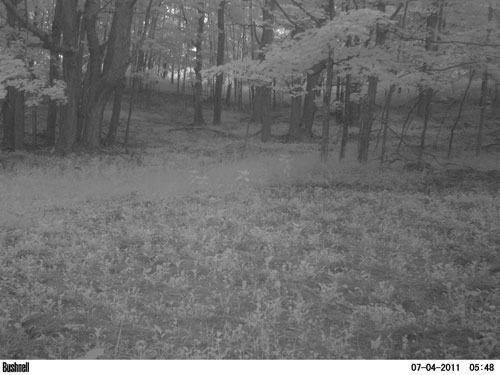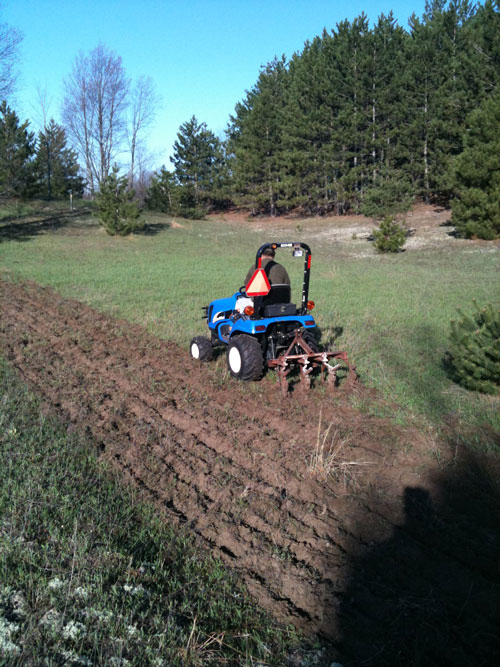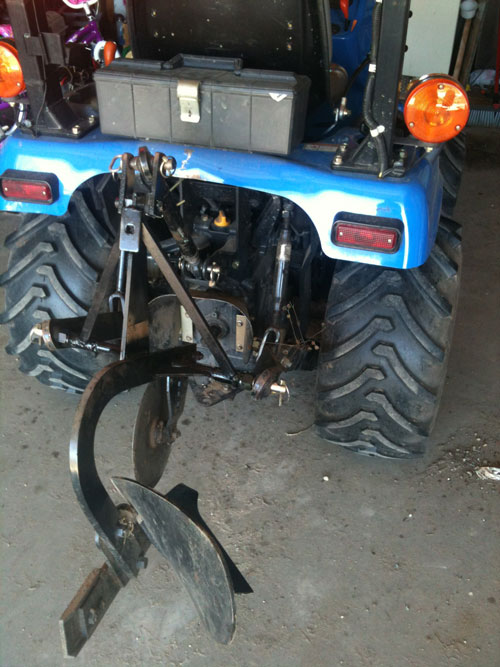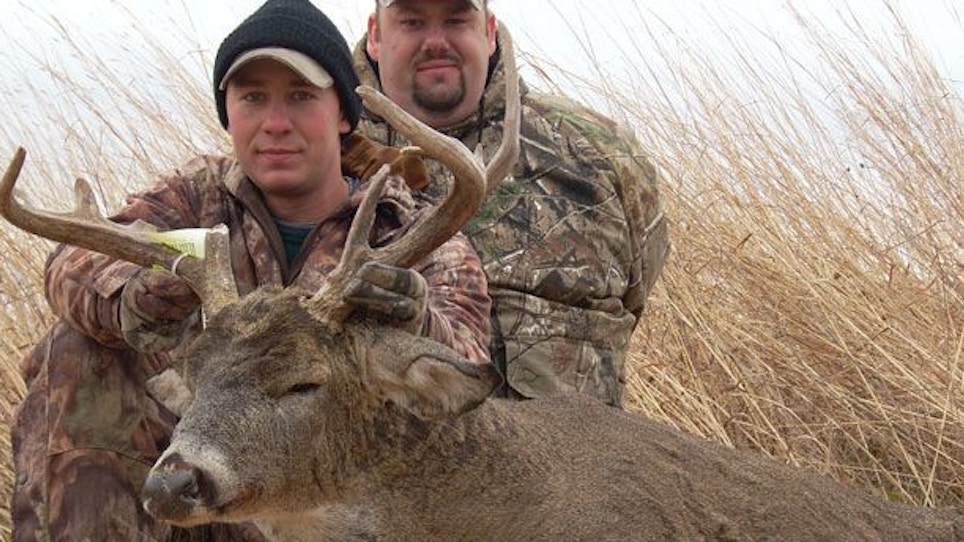 Food plots are all the rage these days, and they work. They work very well, in fact. We’ve all seen TV shows, magazine stories and ads showing us perfect, large food plots and all the cool implements, ATVs, tractors and what have you to perfectly prepare and maintain a plot. But you don’t have to have any of that to have a winning plot. In fact, you might want to skip all of that to make the one special plot that just might get you that buck of a lifetime this season.
Food plots are all the rage these days, and they work. They work very well, in fact. We’ve all seen TV shows, magazine stories and ads showing us perfect, large food plots and all the cool implements, ATVs, tractors and what have you to perfectly prepare and maintain a plot. But you don’t have to have any of that to have a winning plot. In fact, you might want to skip all of that to make the one special plot that just might get you that buck of a lifetime this season.
Yeah, I thought that might get your attention. Making a top-secret, hidden plot is a new technique a lot of hunters are latching on to. Honeyhole plots are small and tucked out of the way where no one expects to find them. They can be deer magnets, especially when the pressure is on.
A honeyhole food plot is simply a small food plot in an area where you know deer are. They can be spots where you have always dreamed of hanging a stand, but didn’t.
I started using them where I had a long strip of land that was basically a wooded ridge that ran across a section of my property. We had a field on one side with either corn or alfalfa in it annually. The backside of the property was kind of a bowl that had a 1- to 2-acre food plot on each end of it. There are several thick corridors of trees that the deer use to move across to the main field and as cover to get to a sanctuary area in a low-lying swamp on the edge of the property.
 I had always seen bigger bucks before season, but when it came time to hunt, they never came out in the fields. Trail cameras showed me they were still running the corridors, but were running late and had learned to avoid the main fields during the day. I had stands set up in those corridor areas and tried several times to get a shot, but never did. So I placed several small plots just off those corridors near some bedding areas. I wanted to give the deer something to forage on and give me a top-secret weapon to hunt from.
I had always seen bigger bucks before season, but when it came time to hunt, they never came out in the fields. Trail cameras showed me they were still running the corridors, but were running late and had learned to avoid the main fields during the day. I had stands set up in those corridor areas and tried several times to get a shot, but never did. So I placed several small plots just off those corridors near some bedding areas. I wanted to give the deer something to forage on and give me a top-secret weapon to hunt from.
I started early in the year. I chose my areas and did a little clearing with the chainsaw so I’d get enough light in. I then tore up the soil — usually with a rake, but in one spot I snuck in with a small tractor. I planted the seed and placed a camera. It worked very well, but we’ll get back to that.
Tools
 You need a rake and maybe a shovel. I also like to have a small chainsaw and maybe even a small rototiller. One great tool is a wheeled weed whacker. It has much more power for clearing out brush than a handheld and is less tiring.
You need a rake and maybe a shovel. I also like to have a small chainsaw and maybe even a small rototiller. One great tool is a wheeled weed whacker. It has much more power for clearing out brush than a handheld and is less tiring.
ATVs and small tractors can be very useful if the plot is large enough, especially if you have to spray. Also get a small fertilizer spreader for lime and whatever fertilizer you need. A soil tester is a must, and it’s a cheap way to see what is going on in the soil. Evolved Harvest makes a great one that tells you Ph level as well as soil moisture, and it has a light meter, all in one handy tool.
Seed
I’ve been a big fan of Evolved Harvest Thro and Grow and Shotplot. They have a new Thro and Grow with radish in it that I’m trying this year.
You can also mix in several other things. I have a buddy that takes whatever seeds his wife doesn’t plant in their massive gardens every year and he uses those to make a special honeyhole plot. It worked well for him last year.
Picking Your Spot
You want to find a spot that is relatively flat and workable. It should be near a cover area, so the deer don’t have to move far from the comfort of seclusion. I have a travel corridor that is pretty thick and I often place my food plots close to, but not directly in the path of these corridors.
You also need to make sure the spot has ample light. If you have a thick canopy of trees overhead, the seed will not grow. If need be, a little work with a chainsaw can remedy this.
One other thing I do, and this might sound odd, is move the plots year after year, rotating between several along the corridor. I don’t want to condition the deer to having me hunting them hard in one spot. This season’s honeyhole plots are at least 100 yards from last year’s.
Go Hunting!
 A honeyhole doesn’t need to be big. It doesn’t need to be elaborate. It doesn’t need to require a ton of time or tools you don’t have. It also doesn’t need to be expensive. But it’ll give you a good option for taking big deer in areas you need that little extra edge to get the shot at that buck. What more do you need?
A honeyhole doesn’t need to be big. It doesn’t need to be elaborate. It doesn’t need to require a ton of time or tools you don’t have. It also doesn’t need to be expensive. But it’ll give you a good option for taking big deer in areas you need that little extra edge to get the shot at that buck. What more do you need?






